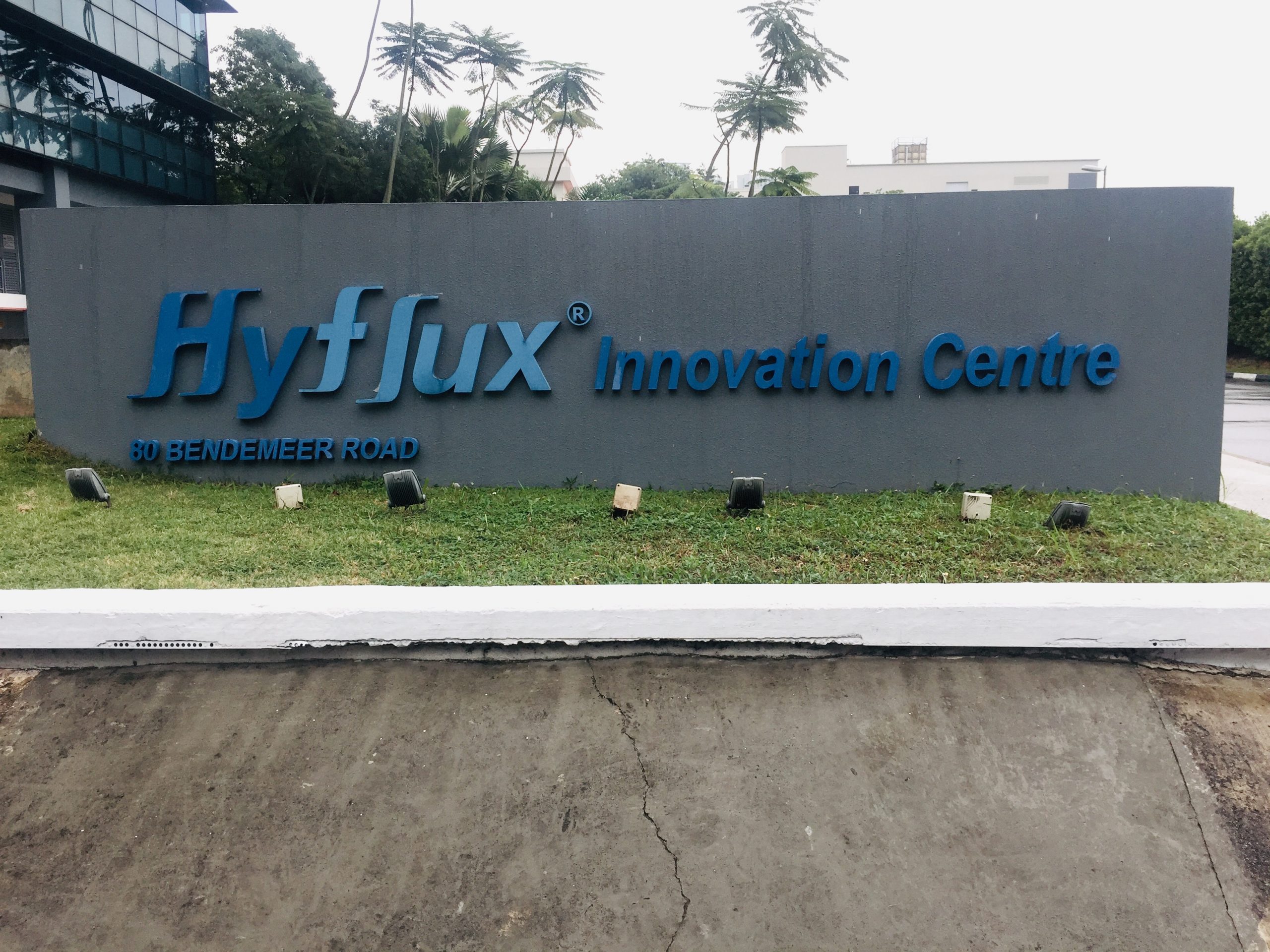On 13 August, Hyflux announced that an unsecured working group of bank lenders (UWG) has filed its application for a judicial management order, following an extension of the deadline from 7 August to 12 August granted by the Singapore High Court.
Justice Aedit Abdullah gave the green light for the filing of the judicial management order last month, taking into consideration UWG’s case that they could no longer trust Hyflux’s management for any restructuring efforts. Justice Aedit Abdullah had previously rejected the judicial management order, but reiterated that the application could be revived if needed. He stated during a hearing last May, “A moratorium is meant to be a temporary solution to allow a company to put something together… but it doesn’t mean I can give a blank cheque for the moratorium going forward.”
If given the go ahead, this order would allow the group of bank lenders — Mizuho, Bangkok Bank, BNP Paribas, CTBC Bank, KfW, Korea Development Bank, and Standard Chartered Bank — to carve out their respective shares from Hyflux’s debt moratorium.
This is the second time that the UWG has applied for a Judicial Management Order. The first was done in May 2019, but was met with resistance from Hyflux, which refuted that judicial management applications often lead to liquidation of a company.
Hyflux had its break in 2001, when it became the first water treatment company to be listed in Singapore, and secured the water treatment project to supply and install the process equipment for the Newater plant in Bedok. The company then went on to clinch other major projects, such as the third Newater plant in Seletar, the SingSpring Desalination Plant.
Another success came a decade later, when Ms Olivia Lum, CEO of Hyflux, became the first Singaporean and the first woman to win the Ernst & Young (EY) World Entrepreneur of the Year award. That year, Hyflux also won Singapore’s second and largest seawater desalination project, which led them to propose building an on-site 411 megawatt combined cycle power plant to produce electricity for the desalination plant and power grid — the Tuaspring Integrated Water and Power Project, which formally began its operation in 2016.
However, Hyflux’s foray into the energy business did not go as well as predicted.
With the dip in electricity prices in Singapore, the Tuaspring Integrated Water and Power Project registered a net loss of S$81.9 million at the end of 2017.
The loss of profit can be attributed to various factors. According to Associate Professor Lawrence Loh, Director of the NUS Business School’s Centre for Governance, Institutions and Organisations, Hyflux’s risk management committee met only once in the 2017 financial year — a red flag considering the high-risk nature of their business.
There have also been questions raised about the management practices within the company. In an interview with TODAY, NUS corporate governance expert Mak Yuen Teen, pointed out that Hyflux’s board of directors may not have adequately questioned Ms Lum’s decisions, as the latter is known to have a strong personality.
Another problem could be due to the fact that the eight-member board includes two former employees — which present a level of conflict of interest. Non-executive independent director Christopher Murugasu was Hyflux’s senior vice-president for corporate services and Mr Gary Kee, a non-executive non-independent director, was its executive director overseeing areas such as corporate finance and information technology. Having ex-employees on the board could be problematic, as boards are meant to represent shareholders’ views and monitor the management.
As such, after reporting a year of consecutive profit loss in 2017 and the first quarter of 2018, Hyflux decided to appeal to the High Court for a supervision of business and debt reorganisation. A 6-month debt moratorium — filed under Section 211B of the local Companies Act — was also granted, hence protecting Hyflux from court proceedings from creditors and investors while restructuring was underway. This would allow Hyflux to focus on discussion with investors, optimise operations and complete ongoing projects to generate some cash flow.
The moratorium has since been extended multiple times to accommodate Hyflux’s efforts to restructure — much to the frustration of more than 34,000 investors, who have been seeking reprieve since 2018.
To add on to their problems, Hyflux’s restructuring process has also been shaky, as a significant portion of local bonds have been bought by individual investors, leading to difficulties in uniting investors when it comes to decision making.
Amidst these troubles, another stumbling block appeared in late January 2020, when Hyflux’s legal advisor expressed intent to resign, owing to a “lack of confidence”. The company has retorted by saying that they too have lost confidence in their existing legal advisors, and have since appointed new ones.
So, what’s next for Hyflux?
Hyflux has undergone negotiations with various investors in a bid to save their business. Some of these entities include Middle Eastern utility firm, Utico, Pison Investments led by Johnny Widjaja, Unilegend Investments, and Aqua Munda.
Out of all these potential suitors, Utico and Johnny Widjaja through Pison Investments have been touted the ‘white knights’, as both have outlined their desire to save Hyflux from its financial troubles. In an agreement which took months of negotiation to materialise, Utico offered to take a 95% stake in Hyflux, in exchange for a $400 million ‘rescue’ deal whilst Pison Investments have set aside $200 million for debt repayment and working capital. Mr Widjaja believes in the potential of Hyflux and aims to integrate Hyflux’s water treatment services with the coastal industrial estate he plans to build in Java .
As the possibility of judicial management looms, Hyflux has to choose on a rescue package soon or face the prospect of liquidation which often happens to companies under judicial management. The fate of many retail investors numbering close to 34,000 and their prospects of recovering any part of their investments will be known in the coming weeks.




























